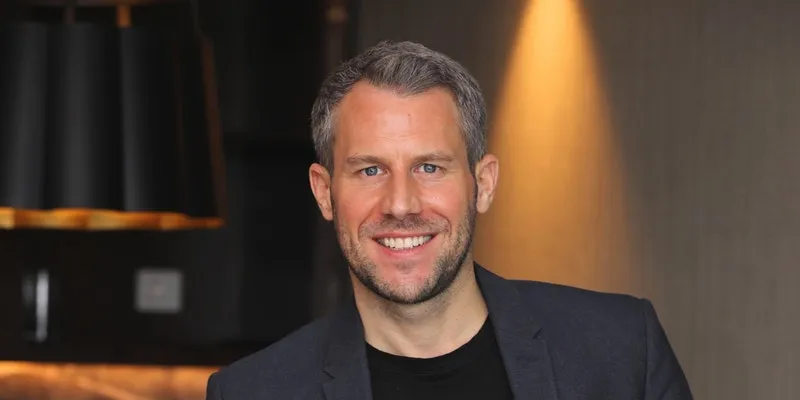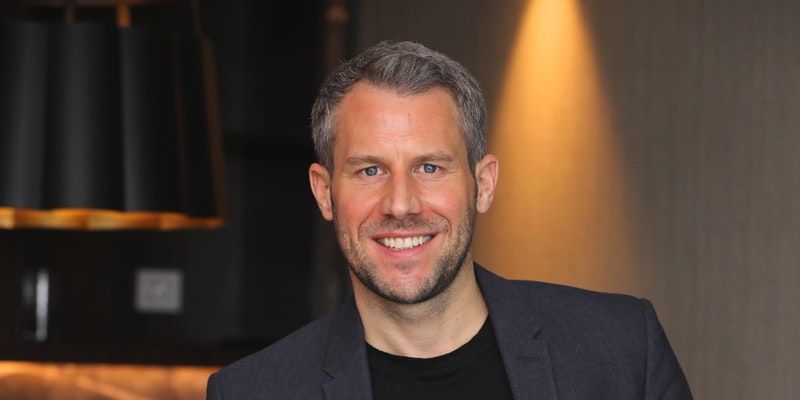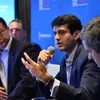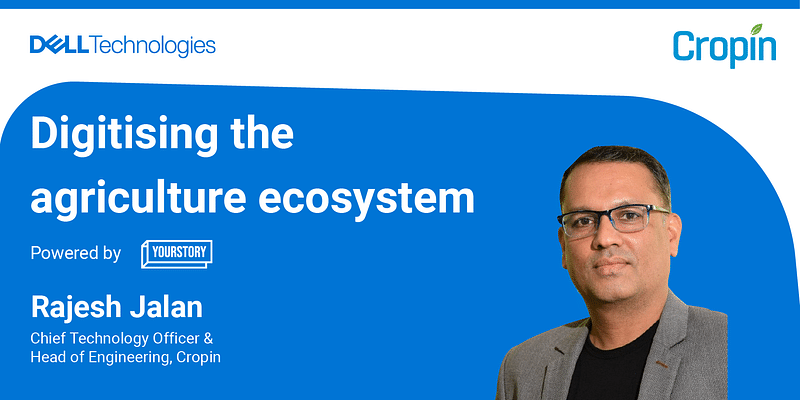A lot of our online sales are going to Tier II and Tier III cities, says Swarovski's Lars Schmidt
In a conversation with YourStory, Lars Schmidt, Managing Director, Swarovski Consumer Goods Business, Southeast Asia and India, spoke of his new role in the company and what the India market looks like
Lars Schmidt, Managing Director, Consumer Goods, Southeast Asia and India, Swarovski, started his career in the automotive industry with BMW.
Born and raised in Düsseldorf, Germany, Lars says he decided to first gain practical work experience before he could go back to his books. So, for two years, he worked with BMW as a sales manager.
However, Lars soon realised he did not want to do this for the rest of his life. He was more interested in retail sales than auto sales, and hence decided to do an MBA in Retail Management from University of Düsseldorf.
In 2012, Lars moved to Singapore and joined Porsche’s offshoot - Porsche Design, and handled their sales from Asia-Pacific region.
Three years later, he moved to Thomas Sabo Asia Pacific as its Sales Director for Asia Pacific, Australia, New Zealand, India, and the Middle East. Here, his portfolio included the management of mono-brand, multi-brand, and travel retail format stores for the brand.
He then moved to lifestyle brand Lynk and Co. to manage its sales in Europe and North America. In August 2019, he was appointed as the Managing Director, CGB Southeast Asia and India, at Swarovski, the Austrian high-end jewellery and accessories brand.
In his current role, Lars is responsible for the implementation of the Swarovski Consumer Goods Business strategy in Southeast Asia and India, and the development of the brand in terms of sales, distribution, marketing, communication, and consumer experience.
In a conversation with YourStory, Lars says, his vision is to accelerate Swarovski’s long-term growth in the region and further raise brand awareness, including solidifying Swarovski as a global, high-end fashion jewellery brand, and strengthening its image by focusing on the company’s rich heritage and on-trend designs.
Edited excerpts from the interview:
YourStory (YS): You have worked in different markets. What are the different perspectives that you have come across?
Lars Schmidt (LS): You are looking at three very established markets from a retail perspective. Asia Pacific is a big region, and it is very diverse in terms of language, culture, and development. For example, Singapore is more established from a retail and fashion perspective, and Southeast Asian countries like Vietnam are in their early stage of development, and China is a different animal.

Lars Schmidt, Managing Director, Swarovski, Consumer Goods Business, Southeast Asia and India
YS: What is your role at Swarovski?
LS: I have worked in the APAC market for seven years now, and gained experience in the accessories and jewellery segment. Though I have been to half the Swarovski stores in the APAC region, but i feel a deeper connect here internally.
Swarovski is turning 125 years old in 2020, and the tradition and heritage Daniel Swarovski, Founder, Swarovski set holds strong even today. He focussed on the well-being of the team and the brand, and even today you see people living it every day.
YS: After working in India, how do you define the market here?
LS: India is a total of different countries - each state is different. The brand has laid very strong foundations for 20 years now. India is a diverse market with very big potential, and we have some very strong partners and some well-established retailers.
We have been trying to look at India as a different sub-market, look at different regions, and it is a long-term partnership for us. We have 45 mono brand boutiques, 120 multi-brand outlets, and two airport stores in Mumbai and Delhi. We have laid a strong foundation and aim to take it to the next level.
India has a growing middle class with good income, deeper internet penetration, and there is a shift towards a younger demographic when we look at the people who shop online and are tech savvy. The core age demography is 25 years to 35 years, which is the average age of the Indian population.
India has always been a market which is huge in traditional jewellery like precious stones and metals. However, we are not competing with that market, but are trying to compliment that market. When you look at weddings here, precious metals like gold and precious stones will always be big, but we still see potential from a gift giving perspective.
YS: How is Swarovski’s online channel growing?
LS: I can’t share specific numbers now, but the online segment is growing very fast. However, it is still a very small portion of our overall business. We do see potential from an overall perspective, and somehow establish a true omni-channel perspective.
What we do realise from our online sales is that a lot of our sales is going to remote and smaller areas where we don’t have any offline presence, especially in Tier II and Tier III cities.
We are looking at a stronger omni-channel strategy with Crystal Studio, where we are focussed on connecting offline world with online. We want to create an omni-channel presence with a digital concept, where you have screens, digital elements, and AI support elements for the consumer to experience and share.
In 2021, we will roll out Crystal Studios globally after testing it. We have seen constant double-digit growth in the past 20 years, and we aim to accelerate growth in the next few years and look at expansion in the Indian market.
(Edited by Megha Reddy)













![[Startup Bharat] Y Combinator-backed BeWell Digital is enabling the digital transformation of radiologists](https://images.yourstory.com/cs/2/40d66ae0f37111eb854989d40ab39087/ImagesFrames31-1648033042143.png)